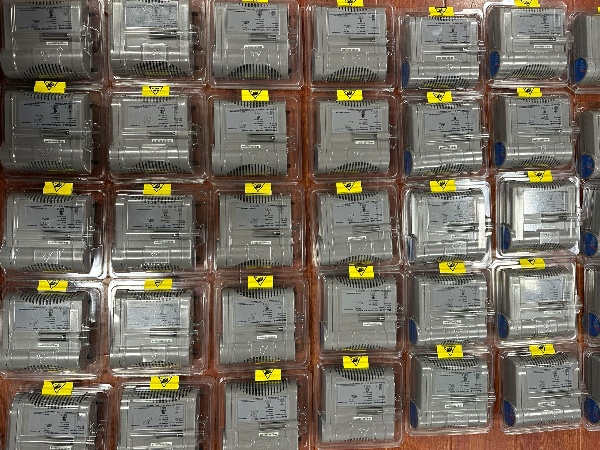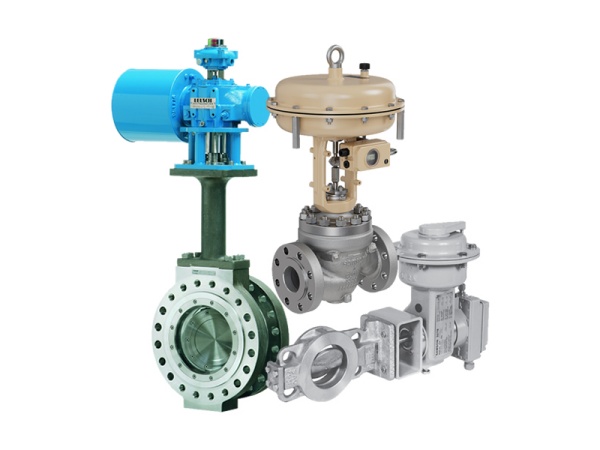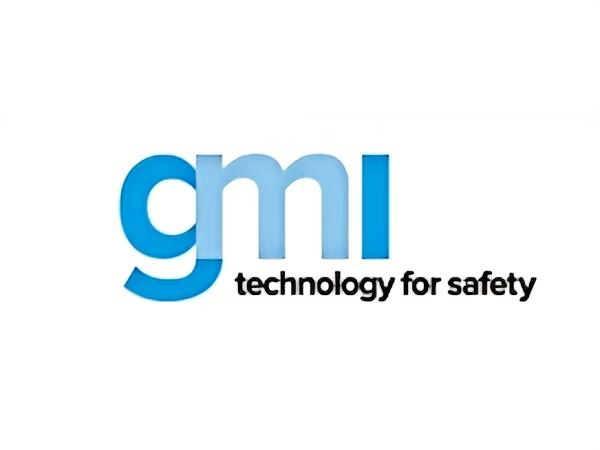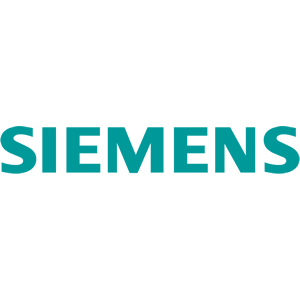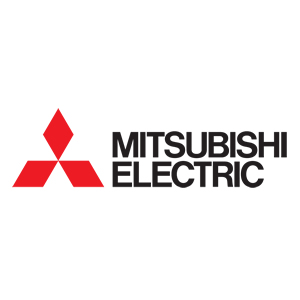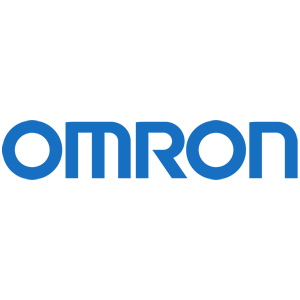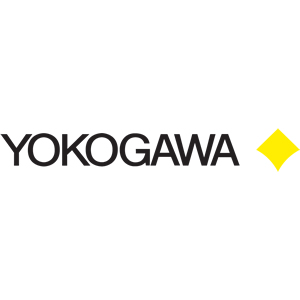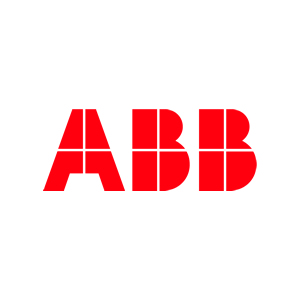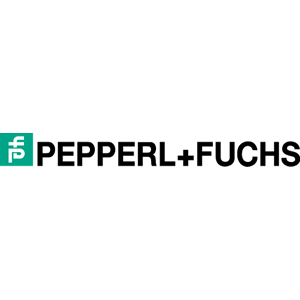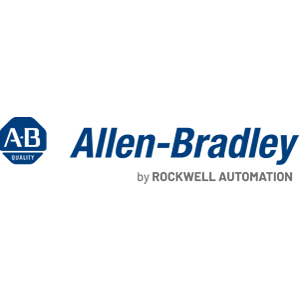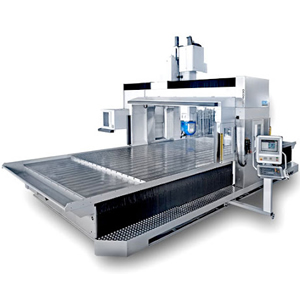Салттуу PLCS vs. Soft Plcs: Жумшак-талаштардын көтөрүлүшү
Салттуу PLCS vs. Soft Plcs: Жумшак-талаштардын көтөрүлүшү
Салттуу PLCS vs. Soft Plcs: Жумшак-талаштардын көтөрүлүшү
Бүгүнкү өнөр жай автоматташтыруу ландшафтында пайда болот. Келгиле, бул талкууну билели.
Жумшак плК аныктамасы
Жумшак PLC салттуу PLC функцияларын стандарттык өнөр жай компьютерине орнотулган программалык пакетке киргизет. Бул сестенүү - PLCдин ачык функцияларын ачык-архитектуралык дизайн жана компьютердик технологиялар менен айкалыштырган эң жогорку деңгээлде, өзгөчөлүктү жаратат, ал эми жеңилдетилген, өзгөчөлүктөрдү түзөт.
Жумшак плКлардын артыкчылыктары
- Стандартташтыруу: Жумшак ПЛК программалык камсыздоо жана жабдык үчүн стандартташтыруунун жогорку деңгээлин камсыз кылат, бул операциялык тутумсуз берилген аянтчаларга арналган орунга жетишүү кыйын.
- Компьютердик платформалардын кубаттуу жана конфигурациялоочу жабдыктарын колдонгондо, жумшак PLCди жеңилдетүү, заводдун өндүрүш процесстерин оптималдуу түрдө көзөмөлдөөгө болот. Алар миңдеген I / OS жана көптөгөн процесстерди колдонууга жөндөмдүү.
- IOT - даярдык жана туташуу: жумшак PLCS IOT тенденциялары менен жакшы байланышты, өркүндөтүлгөн туташуусун сунуш кылат. Алар реалдуу - иштөө тутумундагы программалык камсыздоонун кеңейтүүлөрү жана адистештирилген китепканалары аркылуу реалдуу - убакытты кеңейтүү боюнча иш-аракеттерди оңой ишке ашыра алышат. Ошондой эле алар USB түзмөктөрүндөгү маалыматтарды камдык көчүрмөсүн, тармак туташуусу, маалымат алмашуу платформалары жана коопсуздук саясаты менен камсыз кылышат.
- Наркы - Натыйжалуулук: Салттуу PLC чечимдерине салыштырмалуу жумшак PLC орнотуу жана техникалык тейлөө чыгымдары төмөн. Алар роботимика, көз карашты жана кыймыл контролун бириктирип, өндүрүш чыгымдарын азайтып, акча үчүн жакшыраак маани сунуштай алышат. Аларда өндүрүштүн натыйжалуулугун жана өндүрүмдүүлүгүн жогорулатуу боюнча артыкчылыктар бар, андан жогорку кирешеге алып келет.
- Колдонуучу - Ылайыктуулук жана ийкемдүүлүк: Салттуу ПЛУС көбүнчө өндүрүүчүнүн программалоо тилин гана колдойт, ал эми ар кандай өндүрүүчүлөр өз программалоо тилдеринде олуттуу айырмачылыктар болушу мүмкүн. Бул программисттер үчүн, айрыкча, ар кандай бренддерди камтыган татаал маалыматтарга байланыштуу кыйынчылыктарды жогорулатышы мүмкүн. Ал эми Soft Plcs алты стандарт Издөө IEC61131 - 3 тилдеги, ошондой эле PC - C #, C ++ жана Python сыяктуу PC негизиндеги тилдер сыяктуу ар кандай программалоо тилдерин колдойт. Бул аларды туруктуу жаңыртууларды талап кылган жогорку деңгээлдеги өнөр жай чөйрөлөрү үчүн идеалдуу кылат.
HARD PLC SOLL SLCS менен алмаштырылабы?
Бир жагынан, катуу PLC буга чейин болгон рыноктун көпчүлүк талаптарын аткарып, бүгүнкү күнгө чейин уланта берген. Маанилүүлүгү, бул тутумдарды колдоого жана жүргүзүүгө жөндөмдүү болгон таланттар бассейни бар.
Экинчи жагынан, жумшак PLCде салыштырмалуу PLCдин наркынын чегинде жаңы кардарлардын талаптарын канааттандыра турган ийкемдүү контролдук чечимдерди сунуш кылат.
Айрым белгилүү сценарийлерде, катуу PLC артыкчылыктуу тандоо бойдон калууда. Бирок, 1990-жылдары, Виртуалдаштыруу технологияларында, реалдуу - Linux иштөө тутумдары жана Edge эсептөөсү бир топ жумшак плКлардын ишин бир кыйла жакшыртты. Компьютердин баасы төмөндөгүлөргө жана программалык камсыздоо сатуучуларга өз технологиялары, өнөр жай 40 парадигманын алкагында өз технологияларын үзгүлтүксүз жаңыртып турушат, жумшак PLCдин рыноктук үлүшү өсөт деп күтүлүүдө.
Жыйынтыктап айтканда, жумшак plcs азыркы учурда салттуу плондууну толугу менен алмаштыра албайт. Бирок, өнөр жай 4,0 жана кесүү технологияларына, жумшак плагмалардын ийкемдүүлүгү жана кеңейиши


